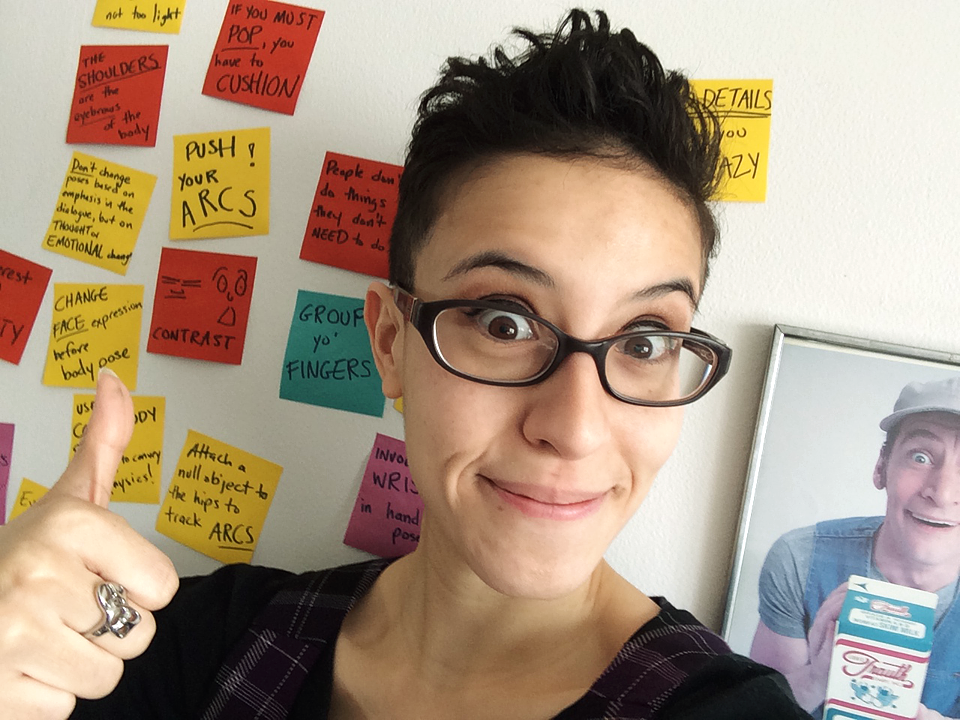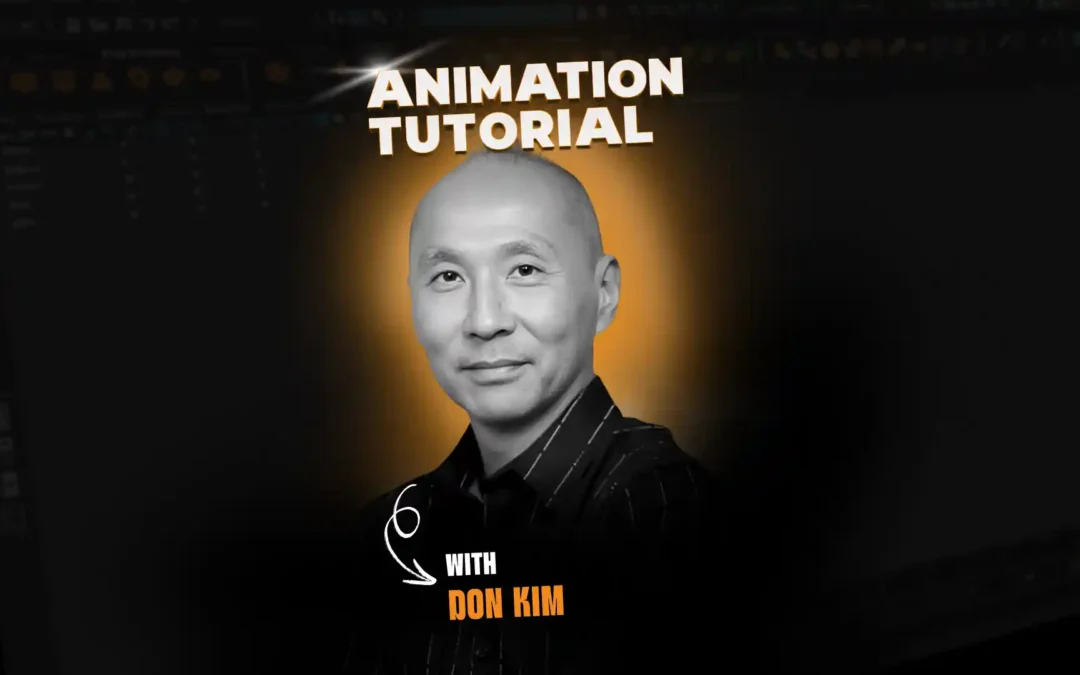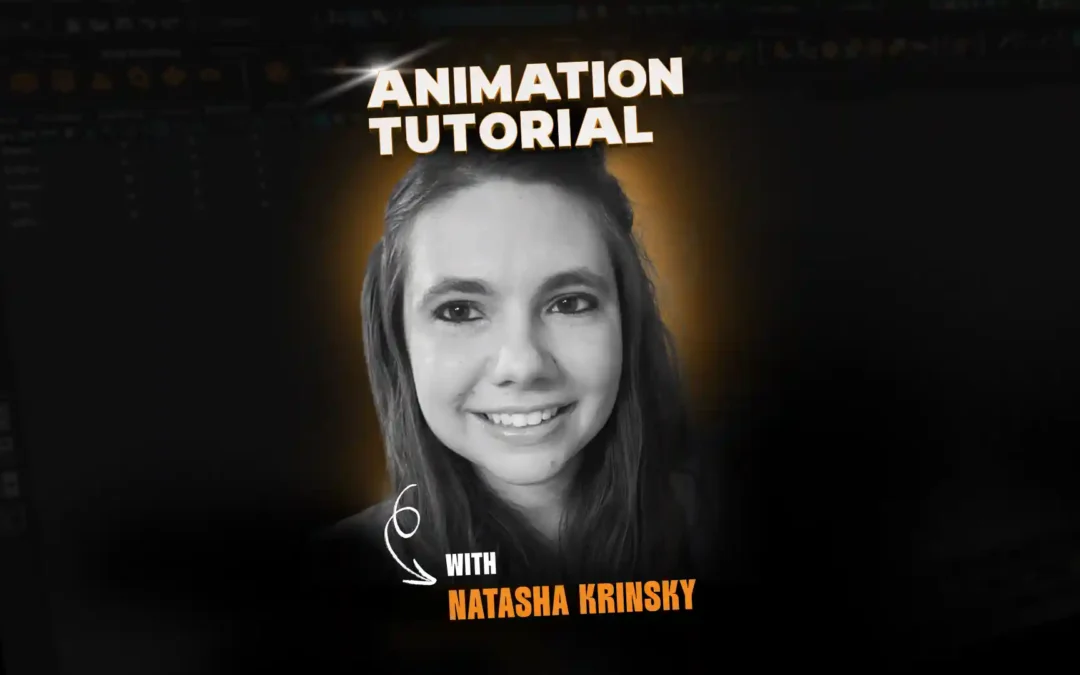Acting! It’s one of the most important components of being a successful animator. Today, we’re lucky to have Animation Mentor alumnus, master actor, and animator Erin Natal to share top tips for creating amazing video reference and, by extension, better animations! The proof is in the pudding. Just check out her awesome reference-to-final-shot examples.
-The Animation Mentor Crew
Hello, animators! Video reference might be my favorite part of animation planning. It’s where you get to be purely an actor and quickly develop ideas in the most direct way possible—by instinct!
Here are a few personal tips based on how I like to shoot my video references.
Know your audio
This seems obvious, but it’s easy to settle for knowing your audio “pretty well.” Don’t settle! Know your audio like the back of your hand and internalize it. Listen to it on a loop, until the cadence is familiar to you. You should be able to recite it accurately, with every pause and emphasis in the right place. You don’t want your video reference to show you trying to remember the words or throwing in gestures too early or too late. While shooting reference, your focus should be on what your character is feeling and doing, not what word comes next and when.
Speak, don’t mouth
You want your reference performance to be as genuine as possible. For me, mouthing along silently to the audio removes the authenticity of actually saying the words out loud, and I find my performance suffers for it. Performing the dialogue audibly can help you better connect to the words—they’re your words now! Speaking the words will also help you to see where your character should take breaths, even if you can’t hear their breathing in the audio track.
Bonus: Since you’re speaking along with your audio track, it can let you know when your timing is off and if you need to study the track more.
Consider the energy level
Different voice performances call for different energy levels. You probably don’t want to be gesturing wildly during a subdued line read, and you don’t want to underact when the character’s voice is full of energy.
If your character is speaking calmly, speak calmly. If they’re yelling, yell! You want the effort of a high-energy line read to show up in your video reference.
Extra Tip: If your character is yelling and you have to record quietly, here’s a trick I use: instead of yelling at the character’s volume, I keep my volume low, but speak the words in an extremely high-pitched voice. It sounds incredibly weird, but I find that does the trick visually – the effort of speaking in the high voice shows up on my face, almost as if I were yelling. Whatever works!
Remember your physical limitations!
Don’t skip this one, it’s important! I’m speaking from experience. It’s not worth injuring yourself to shoot reference, and it’s entirely possible to injure yourself while shooting reference. If your performance is physically demanding, and you are more of a stationary person than an athletic person, enlist a more active friend to be your actor. This can save you a lot of pain. Do not overexert yourself or wear yourself out. If the performance requires a lot of physical effort from you, do it only a few times in a row, and take breaks. If you’re sore the next day, take it easy.
Lastly, if you do happen to injure yourself, see a doctor as soon as possible. Don’t ignore your body! Trust me on this.
Lastly, have fun!

Erin Natal and the Advice Wall (and Ernest)!
Inspired by Erin’s awesome animations?
Start your animation journey by learning with professional animators from studios like Pixar and DreamWorks! Get more information about Animation Mentor’s Character Animation Program.



